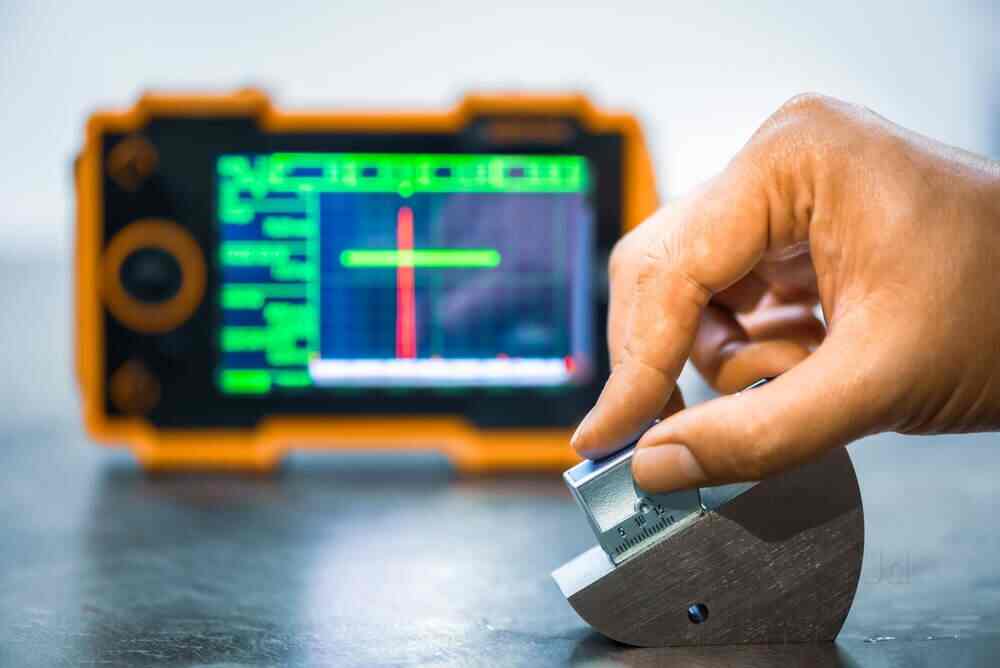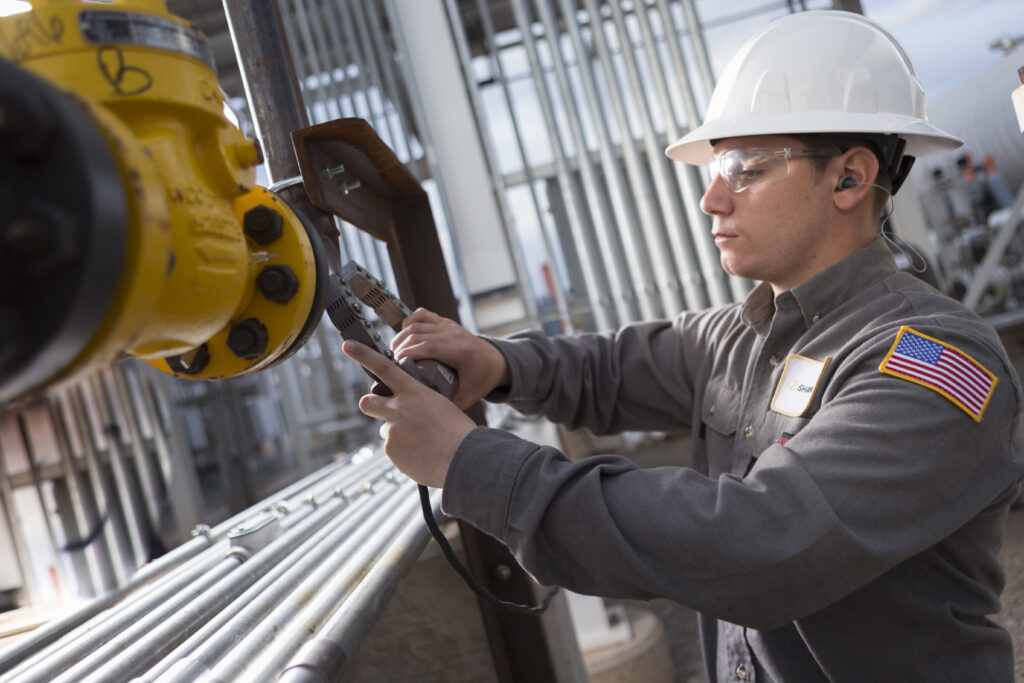In today’s fast-paced digital world, ensuring that all systems are perfectly synchronized is crucial for achieving optimal performance. As a quality assurance professional, understanding how to check synchronization accuracy can significantly impact the efficiency and reliability of your operations. Whether you’re dealing with software systems, mechanical devices, or any other synchronized operations, maintaining alignment is key.

Understanding Synchronization
Before delving into how to check synchronization accuracy, it’s important to understand what synchronization entails. Synchronization refers to the coordination of events to operate a system in unison. It ensures that processes occur at the same time or in a specific sequence, which is essential for maintaining system integrity and performance.
The Importance of Checking Synchronization Accuracy
Ensuring synchronization accuracy helps in minimizing errors, reducing downtime, and enhancing the overall efficiency of operations. It is especially crucial in industries where precision is paramount, such as manufacturing, telecommunications, and software development. Proper synchronization can lead to significant improvements in productivity and cost savings.
Key Terms to Know
- Synchronization: The process of coordinating events to operate in unison.
- Accuracy: The degree to which the result of a measurement conforms to the correct value.
- Quality Assurance: Ensuring that products and services meet certain thresholds of acceptability.
Methods for Checking Synchronization Accuracy
There are various methods to check synchronization accuracy, each suited for different applications. Below are some commonly used techniques:
1. Time Stamping
Time stamping involves recording the exact time an event occurs. By comparing time stamps from different systems, you can measure the synchronization accuracy and make necessary adjustments.
2. Frequency Analysis
Frequency analysis helps in identifying discrepancies by analyzing the frequency of events. This method is particularly useful in systems where events occur at regular intervals. For more on frequency analysis, visit this external link.
3. Visual Inspection
Visual inspection involves manually checking the synchronization of systems. Although this method is less precise, it can be useful for identifying obvious synchronization issues.
Challenges in Ensuring Synchronization Accuracy
One of the primary challenges in ensuring synchronization accuracy is dealing with network latency and delays. These can cause discrepancies in the timing of events, leading to synchronization errors. Additionally, hardware malfunctions and software bugs can also affect synchronization.
Tools and Software for Synchronization Accuracy
There are various tools and software available that can help in checking synchronization accuracy. These tools offer features like real-time monitoring, alerts for synchronization errors, and detailed reports. Some popular tools include:
- Chrony
- Meinberg NTP
- PTP Track Hound
Implementing Best Practices
Implementing best practices is essential for maintaining synchronization accuracy. Regularly updating systems, conducting routine checks, and employing reliable synchronization protocols are some ways to ensure synchronization quality.
1. Routine Maintenance
Regular maintenance of systems can help in identifying potential synchronization issues before they become critical problems. This involves checking for software updates, hardware malfunctions, and network connectivity issues.
2. Use of Reliable Protocols
Employing reliable synchronization protocols like NTP (Network Time Protocol) can help in maintaining synchronization accuracy. These protocols ensure that all systems are aligned with a reference time source.
Real-World Applications
Synchronization accuracy is critical in various real-world applications. In telecommunications, synchronized networks ensure seamless data transmission. In manufacturing, synchronized machinery enhances production efficiency and reduces waste. For more on the role of frequency in predictive maintenance, visit this link.
Conclusion
Understanding how to check synchronization accuracy is essential for enhancing the performance and reliability of systems. By employing the right tools and best practices, you can ensure that your systems operate in perfect harmony, leading to improved efficiency and productivity.

FAQs
Why is synchronization accuracy important?
Synchronization accuracy is crucial for ensuring that systems operate efficiently and reliably, minimizing errors and downtime.
What tools can help in checking synchronization accuracy?
Tools like Chrony, Meinberg NTP, and PTP Track Hound can assist in monitoring and ensuring synchronization accuracy.
How often should synchronization accuracy be checked?
Synchronization accuracy should be checked regularly, depending on the specific requirements of your system and industry standards.
This article contains affiliate links. We may earn a commission at no extra cost to you.
